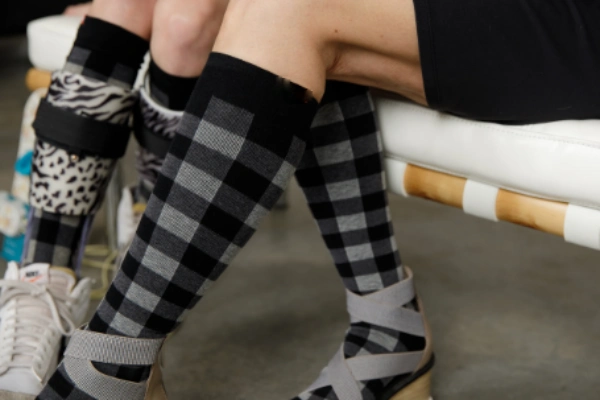
When you buy compression socks, or do market research on this product, you will certainly find labels or descriptions with 15-20mmhg or 20-30mmhg. This number actually represents the different pressure ranges of compression socks.
So what is the difference between each compression level? How can you find the right compression level? And how are the compression levels actually measured?
In this article, I will give you some tips to choose the right level for selling. And you can get a list of major compression socks brands, which hopefully will help you when selling compression socks.
What Do Compression Sock Levels Mean (mmHg Explained)
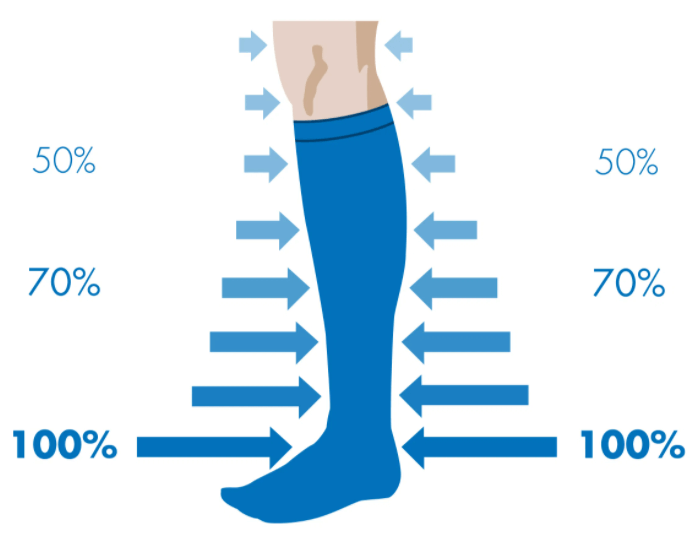
The compression level actually indicates the compression range of compression socks, with the unit in mmHg. Compression socks are used to relieve or improve varicose veins by means of segmental compression. The compression builds up to the highest support around the ankle area, and gradually decreases up the leg.
Assuming the largest compression level at the ankle part is 28mmhg, then it belongs to 20-30mmHg. At the same time, the compression decreases to 70%-90% (19.6-25.2mmHg) at the calf, and 30%-50% (8.4-14mmHg) at the leg. Instead of 20 mmHg on the top and 30 mmHg for the ankle, which is a misunderstanding. Because if the smallest is 20mmhg, the top will be too tight to wear. Thus, you should consider choosing the right compression level.
How to Choose the Right Compression Level
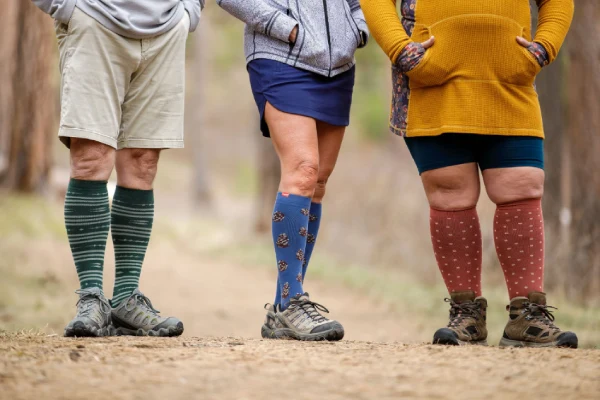
Compression socks are designed according to different compression levels. And are divided into preventive protection type and professional medical grade. Normally, it is between 10mmhg and 30mmhg, while the medical grade ones are above 30mmHg. And the latter can only be used after a doctor or professional diagnosis.
You can refer to the information below while choosing compression socks.
Primary low-compression preventive care type (8-15mmHg): for preventive care function; with slight swelling.
Primary compression initial treatment type (15-20mmHg): for patients with initial varicose veins, occasional blood clots, and swelling.
Grade II medium compression treatment type (20-30 mmHg): for patients who already have significant varicose veins. Especially severe varicose veins during pregnancy.
Class III high-pressure severe treatment type (30-40 mmHg): for patients with severe swelling, such as high swelling of the lower limbs, ulcers, darkening and hardening of the skin, etc.
Usually, the first three levels are chosen for compression socks that are mainly for sports and leisure.
Who Should Wear Each Compression Level
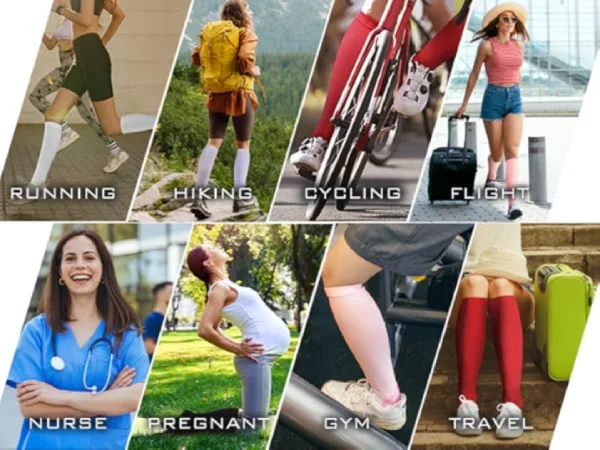
You need to confirm your own consumer groups and brand positioning when choosing the compression level.
Compression socks are suitable for the following groups of people:
- 1. Long-time standers: teachers, traffic police, doctors, nurses, chefs, etc.;
- 2. Long-time sitters: IT people, white-collar workers, civil servants, and other office workers;
- 3. Pregnant women, long-term use of contraceptives. The enlarged uterus compresses the pelvic veins, leading to lower limb venous disease.
- 4. Frequent business trips, long-distance car travel, and flight attendants are susceptible to what is commonly known as economy class syndrome. Resulting in lower branch vein disease, prone to pulmonary embolism.
- 5. Obese people – high cholesterol and lipids in the blood, coupled with high weight, make it difficult for venous blood to return to the heart, resulting in lower venous disease;
- 6. People are already suffering from lower branch vein disease.
- 7. In some countries, compression stockings are used as a surgical aid to help with surgery.
For groups 1, 2, and 5, a compression level of 20-30 mmHg can be recommended, because moderate and strong pressure can relieve the blood discomfort. For people in categories 3 and 4, 15-20 mmHg can be used, as this group has only mild swelling. For other groups, a pressure value of 30-40mmhg and above is needed, while consulting a medical professional for advice.
Measurement of compression level
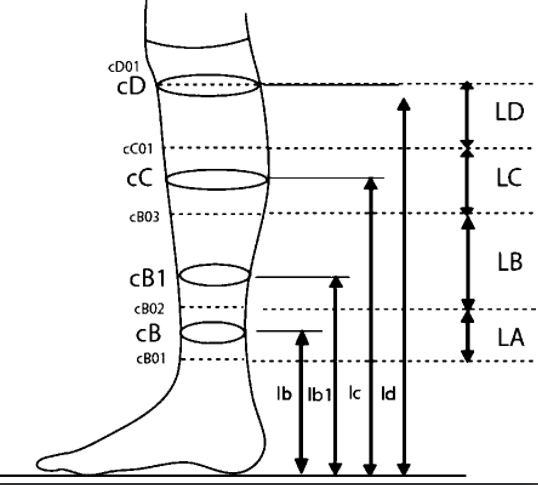
Here is an article dedicated to pressure value measurement. As shown in the figure below, there are 14 different zones. This represents the compression gradient and the compression zones of the socks. The gradient zone is located between the top of the socks and the ankle. And the compression decreases from the bottom to the top, creating a pressure-decreasing gradient. Compression socks are designed to meet the specific compression levels and distribution in different parts.
It is a basic machine to test the compression level in professional compression sock factories. The picture below is of our machine. And here’s a video of how to test compression levels.
FAQs
What does 20-30 mmHg compression socks mean?
20-30 mmHg compression socks are firm support socks that provide strong pressure to improve circulation and reduce swelling. They are commonly used for varicose veins, moderate edema, or sports recovery.
Which compression level is best for everyday wear?
The best compression level for everyday wear is usually 15-20 mmHg. This range offers gentle support for sitting, standing, or travel without feeling too tight.
Are there different levels of compression socks?
Yes, compression socks come in different levels such as 8-15, 15-20, 20-30, and 30-40 mmHg. Each level serves a purpose, from preventive care to medical treatment.
What mmHg is good for travel compression socks?
Most travelers choose 15-20 mmHg compression socks. This level helps prevent swelling and discomfort on long flights or car trips while staying comfortable for hours.
How are compression sock levels measured?
Compression sock levels are measured in mmHg with testing machines that check gradient pressure. The socks give the highest pressure at the ankle and gradually less toward the calf.
List of compression levels from hot compression brands

I have compiled the compression levels of socks from several popular brands, as shown in the chart below.
If you need any other advice on selling compression socks or looking for a professional manufacturer, please feel free to contact us!
While selecting the right compression level is critical, you may also want to explore our full range of compression socks customization, styles, and use cases, where we cover tailoring options, industry-specific designs, and applications for sports, pregnant, and more.
